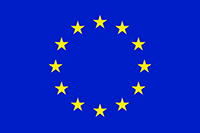

MESOC has received funding
from Horizon 2020 - the EU Framework Programme
for Research and Innovation (2014-2020) -
under Grant Agreement n°870935.
We take your privacy seriously and WE DO NOT process any personal data or any information that reveals personal identity or information that can be linked to such information to identify directly or indirectly.

2021 © CD